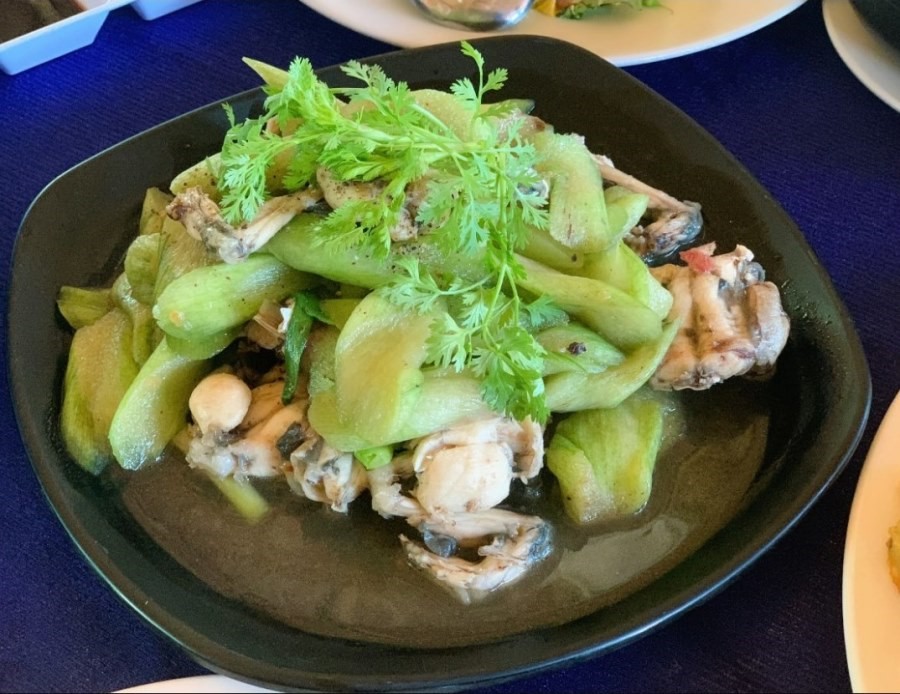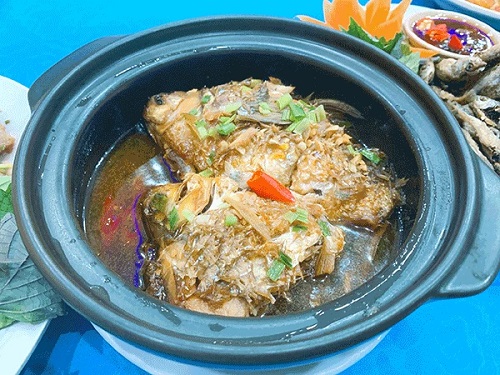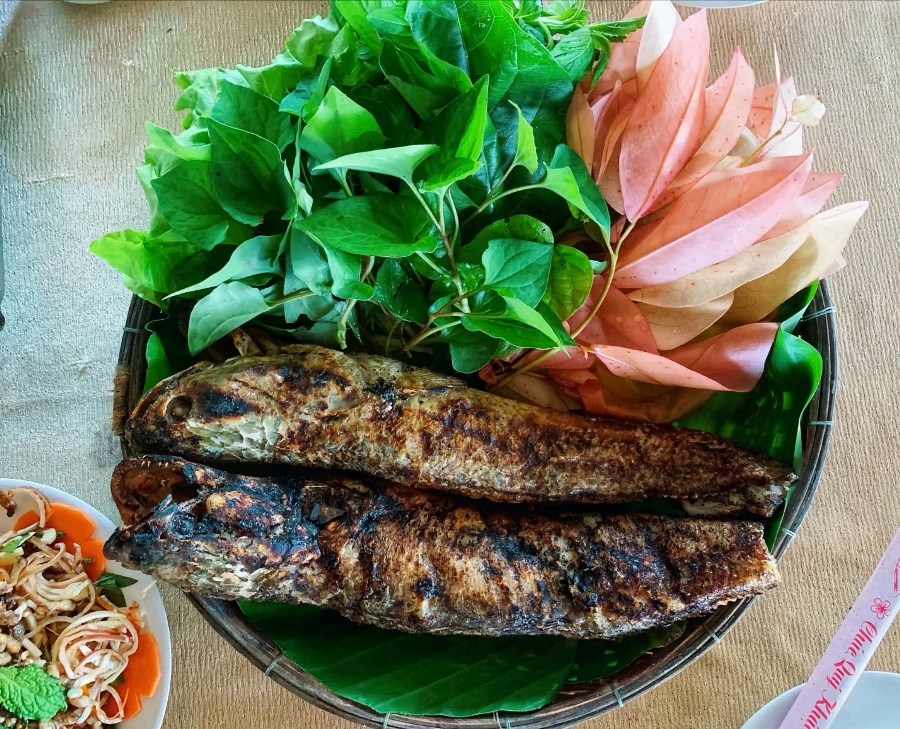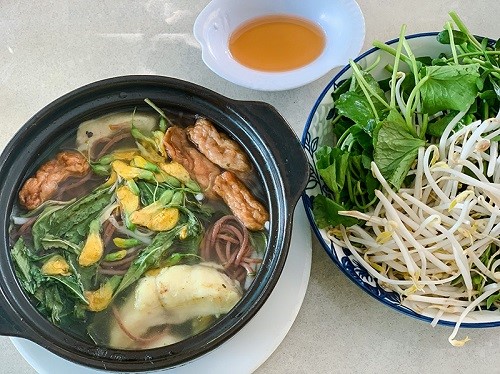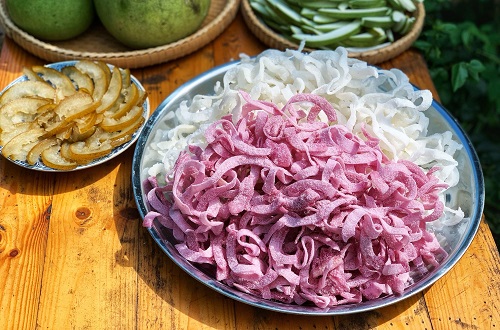
Mrs. Phan Thi Kim Hien, a member of the Son Islet Agricultural Tourism Cooperative (Binh Thuy District), shared: "In the past, our ancestors always included a plate of sweets during Tet, and candied coconut ribbons were a familiar item. It’s quick to make; the ingredients are easy to find – pick some coconuts from the garden, and you’re all set." According to Mrs. Kim Hien, to make candied coconut ribbons, the coconut must be at the right stage of ripeness – soft and tender, neither too hard nor too young. Hard coconut meat produces an oily taste, while overly soft flesh makes the candy challenging to cook and prone to breaking apart.
The process begins by peeling off the brown outer skin of the coconut meat, then washing it clean and cutting it into thin, long strips. These strips are rinsed 3–4 times with either saltwater or plain water mixed with a bit of lime juice to keep the coconut meat white and reduce its oiliness during cooking. Next, the coconut is soaked in sugar at a ratio of 1 kilogram of coconut to about half a kilogram of sugar. The sugar-to-coconut ratio is crucial to the quality of the candy. If too little sugar is used, the candy won’t crystallize properly. Conversely, using too much sugar can cause clumping, resulting in unattractive and overly hard candy. Soaking time varies depending on the size of the sugar granules, but generally, it takes about two hours for the sugar to dissolve completely and absorb into the coconut meat.
Once the coconut has absorbed the sugar, it’s time to cook. Start with high heat, then gradually reduce to medium as the mixture begins to boil. When the sugar thickens and becomes syrupy, lower the heat to its minimum level and stir continuously to ensure the candy crystallizes evenly, looks beautiful, and doesn’t burn. Once the candy is coated with a white sugar layer, turn off the heat, but continue stirring in the pan until the sugar fully crystallizes and the candy dries.
Candied coconut ribbons boast a sweet, rich, and fragrant taste, making it a quintessential Tet delicacy in the Mekong Delta region, marking the arrival of spring and the Lunar New Year.
Source: Cantho News - Translated by Hoang Dat







